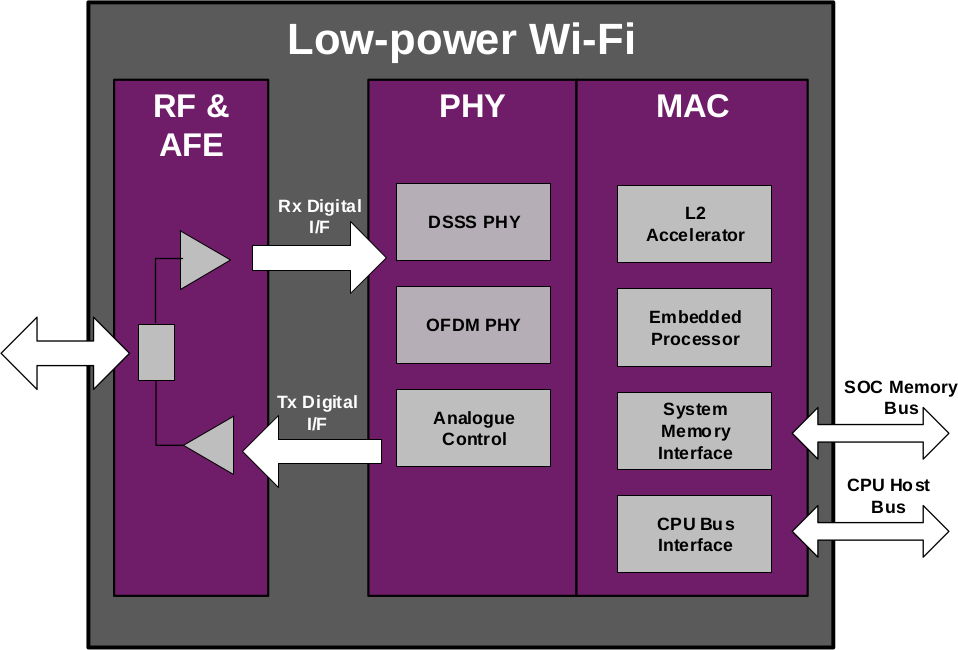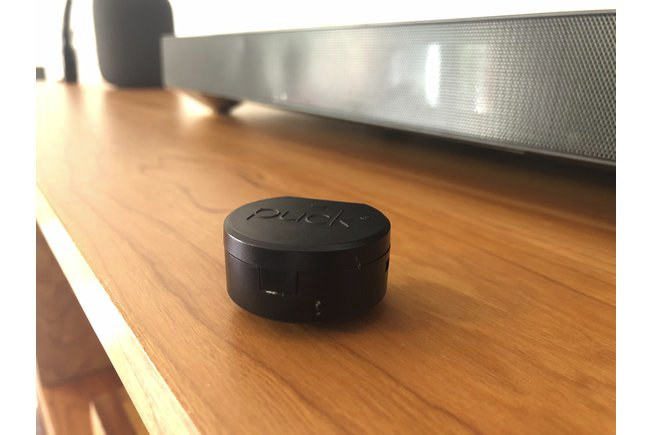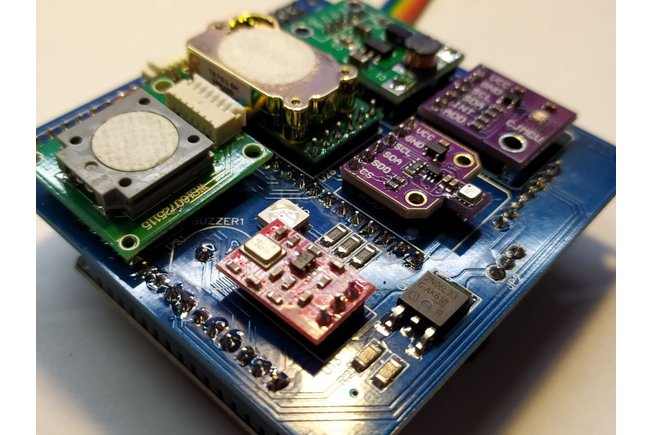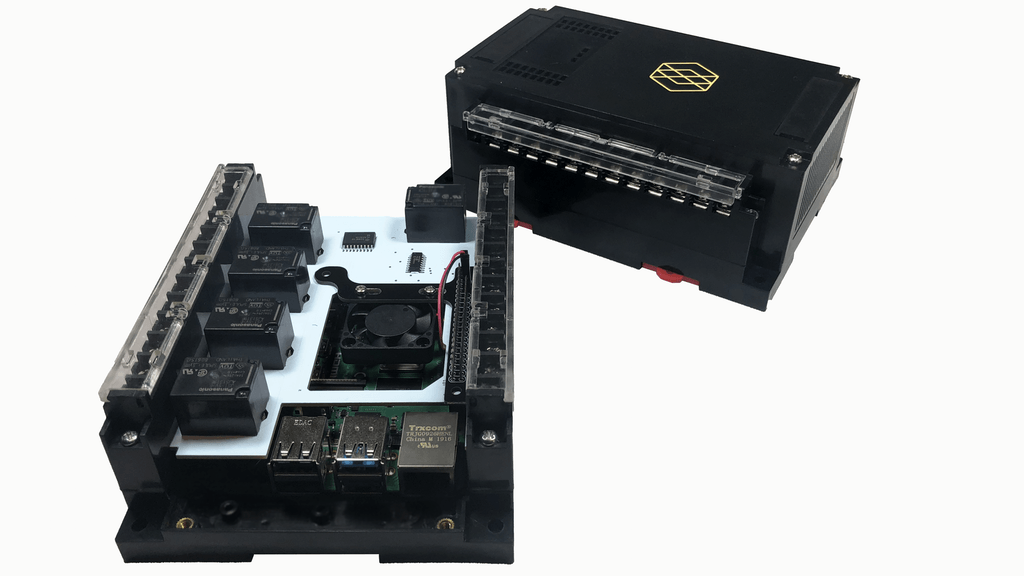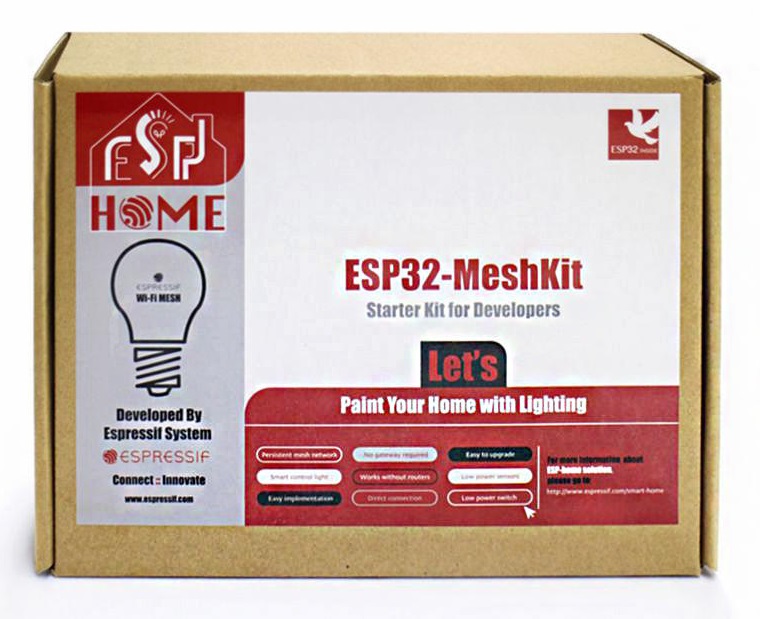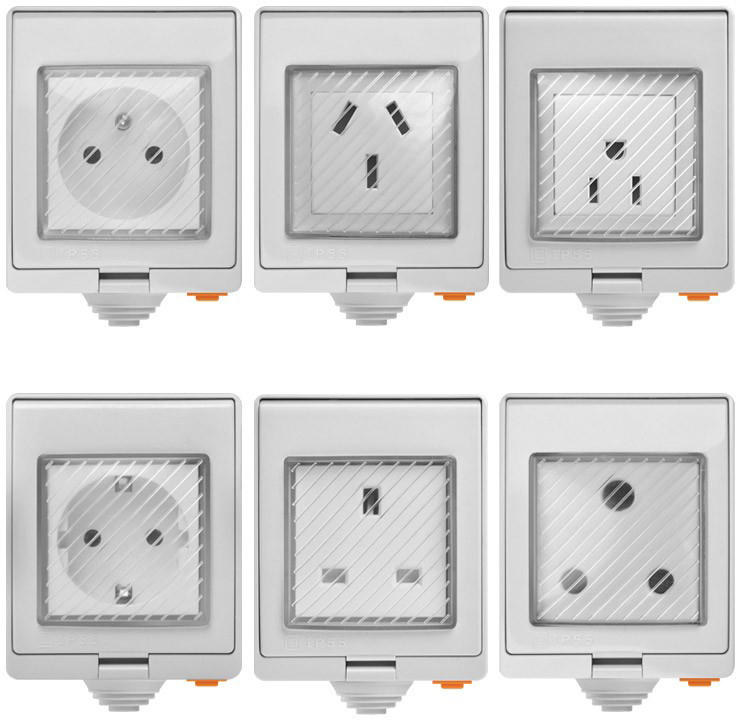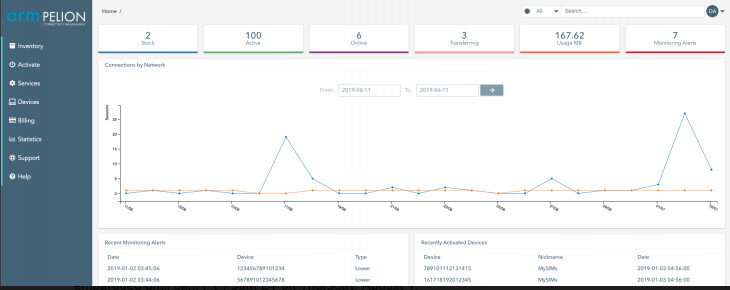Imagination Technologies is better known for their PowetVR GPUs and as the previous owner of MIPS technology, but they do have other products as well and the company just announced their second generation 802.11n WiFi IP designed for low power applications Ensigma iEW220 is an IEEE 802.11a/b/g/n 1X1 SISO Wi-Fi IP solution comprised of RF, baseband and MAC, and supporting both 2.4GHz and 5GHz spectrum. iEW220 specifications: RF Features Dual-band 2.4 and 5 GHz RF including PA Power efficient AGC Optimized PLL power consumption Customized PA to minimize Tx power consumption Power optimized DAC/ADC design Integrated transmit/receive switch for RF Single pin RF antenna interface IEEE 802.11 PHY Support (2.4/5 GHz) IEEE 802.11b DSSS/CCK (up to 11 Mbps) IEEE 802.11a/g OFDM (up to 54 Mbps) IEEE 802.11n OFDM MCS 0-7, (20/40 MHz channels, up to 72.2/150 Mbps) Station, soft AP and Wi-Fi direct with up to four associated devices Tx […]
PUCK 2 Bluetooth to IR Bridge Allows you to Control Appliances from your Android or iOS Phone
We’ve already seen there are several solutions to control IR appliances such as air conditioners or (dumb) televisions via your smartphone thanks to solutions such as ZaZa Remote that adds an IR transmitter to your 3.5mm audio jack or more recently via your USB-C port. If you don’t quite like having extra hardware connected to your smartphone WiFi to Infrared bridges such as the compact and omnidirectional Broadlink RM Mini 3 are cost-effective solutions, although you’d need one in every room where you wish to control appliances. I’ve recently noticed an even smaller “smartphone to IR” solution with PUCK v2 Bluetooth to IR bridge. The full technical details about PUCK 2 have not been made available, but we do know it’s a Bluetooth 4.2 to infrared remote bridge that transforms any iOS or Android device into a remote. The infrared LED has a range of about 4.5 meters, while Bluetooth […]
Mastak Modular Air Quality Monitor Kit Supports CO2, Dust, Formaldehyde, Ozone and other Sensor Modules
The Mastak Indoor Air Quality Monitor Kit Medium Systems Limited, a UK company has released the Mastak, SoMs designed in a mechanical range that allows for indoor air quality monitoring, with a data IoT cloud service, and communications that include NB-IoT, 5G, WiFi, BLE, and LTE-M. The system is a new addition to the air monitoring market place. There have been reports on other air quality monitors in past articles that covered quick start and user experience with Sonoff SC WiFi, vThings WiFi CO2 Monitor, and the ANAVI Gas Detector. The Specs The ecological modules are all compatible and contain processor, peripherals and the sensors for data monitoring and collection, as well as the necessary power electronics. The modules were designed too and allow the user to arrange the systems into custom arrangements and place in unique form factors. There are a number of options also, for even further expandability […]
Pi-oT Raspberry Pi Add-on Board Targets Commercial & Industrial IoT Automation (Crowdfunding)
USA Based Startup Builds RPi Add-on Pi-oT, a Cleveland based startup has launched a Kickstarter campaign for a Raspberry Pi add-on for commercial and industrial IoT automation. The unit is a full mountable chassis with fan and DIN-rail that extends the Pi’s GPIO with 26-pin terminal connectors and provides 5x relays, 8x ADCs, and power outputs. We have reported on a variety of uses for the Raspberry Pi SBC, from home automation to development in IoT, to hobby projects, and in education settings. It is not surprising to see an automation module developed for IoT industrial applications around the popular and powerful SBC. The Choices The Kickstarter campaign has passed its low initial target and is set to ship at the end of October. There is an early launch discount on the unit’s price of $40 for commercial and $50 for industrial backers. That early bird type special is 15% […]
ESP32-MeshKit is a Development Kit for ESP32 Mesh Networking
The ESP8266 was a jewel in its peak, it ruled the maker’s world in the need for creating a low-cost WiFi module. Being Arduino compatible also furthered its glory then the ESP32 came in. ESP32 offered so much more than the ESP8266, and most importantly it was also affordable. With support for Bluetooth and WiFi, ESP32 was to open a new frontier for the development of Internet of Things applications. A major drawback of the affordable ESP32 was the lack of official support of mesh network for the chip, something that was easily possible with the ESP8266. Mesh network allows you to build a network of nodes that can communicate with each other, self heal, and many more possibilities. But thankfully, back in 2018, Espressif Systems released the ESP Mesh Development Framework (ESP-MDF) which sits on top of the IoT Development Framework (ESP-IDF), the official development framework for the chip. […]
Sonoff S55 Waterproof WiFi Smart Sockets are Offered in Six Regional Variants
When WiFi smart sockets (aka smart plugs) started to appear a few years ago, they were often only available with either US or China plugs, and users from Europe, UK or other locales may have had to use an adapter instead. Since then, products that ship with multiple versions such as Sonoff S26 or Orvibo Wiwo S20 have launched in order to cater to more people around the world. ITEAD has now launched another WiFi smart socket, namely Sonoff S55, that’s designed to work outdoors thanks to IP55 ingress protection rating, and is offered in six different variants for Australia, Germany, France, the United States, South Africa, and the United Kingdom. Sonoff S55 specifications: Input/Output S55TPI(AU) – AC 100-240V 50/60Hz 10A Max S55TPF(DE) – AC 100-240V 50/60Hz 16A Max S55TPE(FR) – AC 100-240V 50/60Hz 16A Max S55TPB(US) – AC 125V 50/60Hz 10A Max S55TPD(ZA)- AC 100-240V 50/60Hz 10A Max S55TPG(UK) […]
Embedded Linux Conference (ELC) Europe 2019 Schedule – October 28-30
I may have just written about Linaro Connect San Diego 2019 schedule, but there’s another interesting event that will also take place this fall: the Embedded Linux Conference Europe on October 28 -30, 2019 in Lyon, France. The full schedule was also published by the Linux Foundation a few days ago, so I’ll create a virtual schedule to see what interesting topics will be addressed during the 3-day event. Monday, October 28 11:30 – 12:05 – Debian and Yocto Project-Based Long-Term Maintenance Approaches for Embedded Products by Kazuhiro Hayashi, Toshiba & Jan Kiszka, Siemens AG In industrial products, 10+ years maintenance is required, including security fixes, reproducible builds, and continuous system updates. Selecting appropriate base systems and tools is necessary for efficient product development. Debian has been applied to industrial products because of its stability, long-term supports, and powerful tools for packages development. The CIP Project, which provides scalable and […]
Arm Releases Pelion Connectivity Management 2.0 Platform with Greater Automation
Arm has announced its latest version of Pelion IoT Platform, a no-upgrade needed platform Pelion Connectivity Management 2.0 a SaaS with an automation engine. Previously, we reported on the Sigma Delta Technologies modular devkit that was designed to work with the cloud-based Arm Pelion 1.0 device management service through the Mbed OS, focused on IoT development. The Pelion Connectivity Management 2.0 adds a level of automation that the Pelion 1.0 didn’t have, but that the company felt the customer base in the IoT industry wanted. The new features expand on the Pelion platform, through the Mbed OS, which helped the platform expand through cloud-based management services. The loudest voices in the ever-expanding and transforming IoT industry have said that automation is the key to removing barriers that allow IoT to scale. Pelion 1.0 already offered a single, cloud-based connectivity solution for managing IoT devices. Pelion 2.0 allows IoT devices to […]


